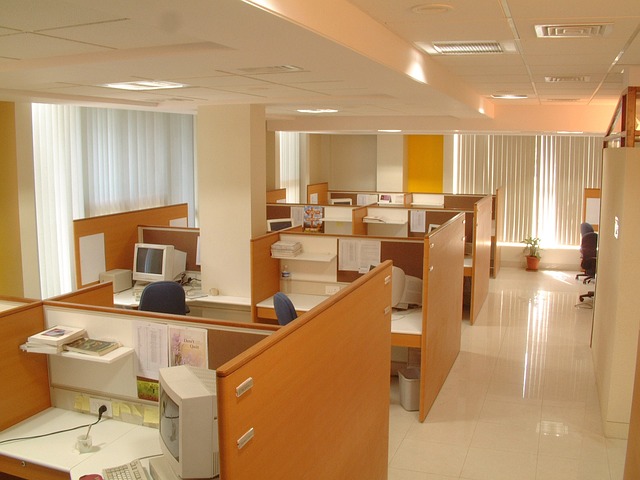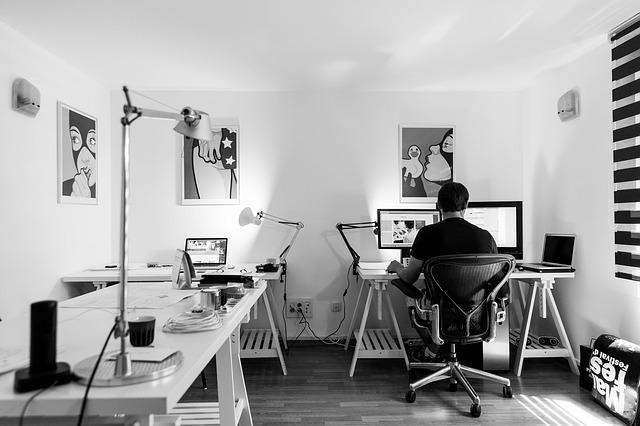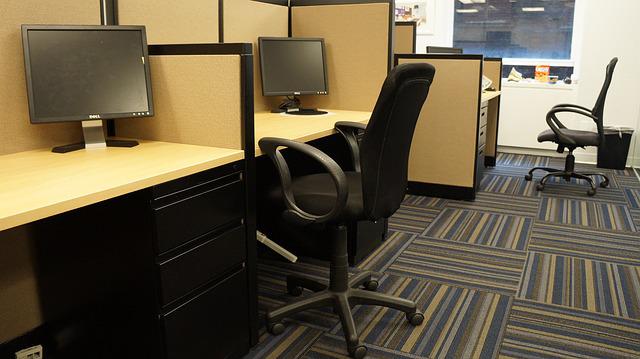Moving into a new,
bigger office is an exciting time for any business. However, there is no
escaping the fact that the whole process will be both strenuous and stressful.
Leading removalists from Sydney say that the key to a stress-free, smooth, and successful office relocation is avoiding mistakes that disrupt business operations and the efficiency and productivity of your employees.
These simple yet taxing
office removal mistakes include:
1. Not
having a moving plan
Having a moving plan will ensure relocating to a new home will go smoothly. The same is true when moving office.
However, an office moving plan is more detailed; it needs to have agendas, timelines, and people in charge of
different tasks.
All employees need to have a copy of this plan as well so that they
know what they need to do to prepare for the move and when to complete them.
Nothing can be more upsetting than seeing staff still packing their files and
office supplies when the boxes are being loaded into the moving truck.
If you are not overseeing the relocation, appoint someone to take charge of the move. This person will be
responsible for coordinating the office relocation, making sure everyone knows
the timetable and that everyone is on the same page.
2. Hiring
your removalist haphazardly
One of the first things you have to do when planning an office move is
to hire a trustworthy professional removalist.
No matter how busy you are with the move and other work, don’t just hire any mover you read about
online. If you do, there is a high chance you will have boxes full of
broken items or damaged furniture and equipment delivered to your new office.
To ensure all the items that you plan on using in your new premises will arrive intact and usable, find a professional and reliable moving company. They should have plenty of experience with commercial moves as well.
Additionally, choose a company that has a fleet of trucks in good
condition, and a stellar reputation for staying on schedule.
3. Moving
everything
Since moving office can be quite expensive, bringing all your current
equipment, furniture, and supplies and using them in your new premises can be a
cost-effective move. This will help you save money on furnishing your new
office.
This doesn’t mean, though, that you have to bring everything.
Inspect all these items (or have an employee do this) and choose the
best ones to bring and the ones you should leave behind. Consider selling or
donating the furniture or equipment you don’t want to use or see in your new
office.
When you reduce the items you have to move, you and your employees
will have fewer things to prepare and
pack. Everyone can then focus on doing their regular work or doing other
moving-related tasks.
4. Packing
improperly
Some simple and common packing mistakes can make the whole process of
office relocation a disaster. These include:
- Not
having enough packing supplies on hand. When you don’t have enough boxes, packing tapes, and supplies, the
packing process will be constantly interrupted by trips to a supply store, so
it will take longer.
- Getting
cheap packing supplies.
Although you may have the right amount of packing supplies, if they are flimsy
or of poor quality, you will end up with a lot of damaged items. So be sure to
get quality packing supplies; you can even check with your removalist for some
to ensure you are using standard packing materials.
- Using
only large boxes. When you
put heavy objects into a large box, they can quickly become weighed down. This
often ends with the bottom of the box splitting and the items spilling out.
- Failing
to label all boxes. The
removalists will have no idea where to unload unlabeled boxes. As a result, you
and your employees will have to move or carry them to the right rooms or areas,
giving everyone more work to do in the process.
5. Moving
without insurance
Give your expensive office equipment and furniture an extra level of
protection during the move by having them insured.
Find out from your removalist what type of valuation coverage they
offer as well. If you want to give your more expensive items additional
coverage, look for a reputable insurance company that will cover the costs of any valuables that may be stolen or damaged during
the move.
Another option would be to purchase
business insurance that includes in-transit clauses. With this additional
coverage feature, your valuable items will be fully insured whether they are on
the move or simply stationary in the office.
6. Failing
to inform your service providers and clients of your move ahead of time
After the move, everyone will want everything to go back to normal.
However, no one will be able to do anything if the office does not have working
phone lines, Internet connection, or even electricity.
As such, before the move, give
your service providers two to three months’ notice. This will give them
enough time to set up your connections in the new office premises.
Your clients or customers need to be made aware of your upcoming move
as well. Inform them of your new office address at least two months before the actual move.
You can do this by posting details about the move on your social media
pages or sites and sending them emails. Don’t forget to announce your move and
new address on your website as well.
Moving office is a sign
that you have a successful, growing business. To continue enjoying success in your new
premises, start by prioritizing a smooth, stress-free office relocation.
AUTHOR BIO
Robert Wise, Sales
Administration Manager at Nuss Removals,
has been a respected figure in the removals industry for over 20 years. His
attention to detail and the ability to truly understand the needs of the customer
have ensured the successful relocation of thousands of satisfied individuals
and families. For moving and storage across Australia and around the world,
Robert’s wealth of experience ensures his customers are in safe hands



 How to7 years ago
How to7 years ago


 More4 years ago
More4 years ago


 More6 years ago
More6 years ago


 Interview4 years ago
Interview4 years ago


 Other Internet Tech6 years ago
Other Internet Tech6 years ago


 More6 years ago
More6 years ago


 Business Ideas6 years ago
Business Ideas6 years ago







